From the early 19th century until the 1920s, 147 High Street had been The Golden Lion. The name lives on in this Wetherspoon pub. Before the late 1940s, 149 High Street was the Rochester, Chatham and Gillingham Savings Bank, while, before that, it was the City of Rochester and General Permanent Benefit Building Society (in the 1930s and dating from at least the turn of the century).
Illustrations and text about The Golden Lion.
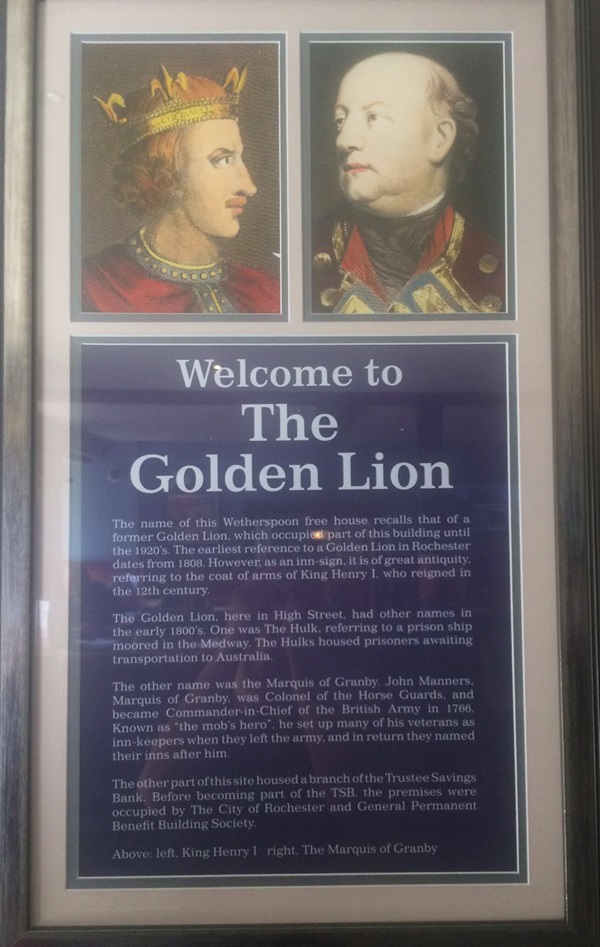
The text reads: The name of this Wetherspoon recalls that of a former Golden Lion, which occupied part of this building until the 1920s. The earliest reference to a Golden Lion in Rochester dates from 1808. However, as an inn-sign, it is of great antiquity, referring to the coat of arms of King Henry I, who reigned in the 12th century.
The Golden Lion, here in High Street, had other names in the early 1800s. One was the Hulk, referring to a prison ship moored in the Medway. The Hulks housed prisoners awaiting transportation to Australia.
The other name was the Marquis of Granby. John Manners, Marquis of Gransby, was colonel of the Horse Guards, and became Commander-in-chief of the British Army in 1766. Known as ‘the mob’s hero’, he set up many of his veterans as inn-keepers when they left the army, and in return they named their inns after him.
The other part of this site housed a branch of the Trustees Savings Bank. Before becoming part of the TSB, the premises were occupied by The City of Rochester and General Permanent Benefit Building Society.
Above: left, King Henry I right, The Marquis of Granby.
Illustrations and text about Rochester and the Stuarts.
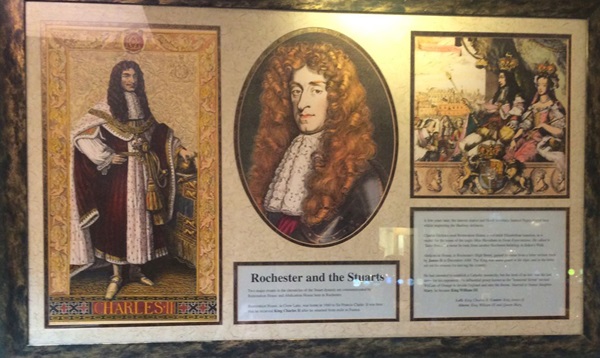
The text reads: Two major events in the chronicles of the Stuart dynasty are commemorated by Restoration House and Abdication House here in Rochester.
Restoration House, in Crow Lane, was home in 1660 to Sir Francis Clarke. It was here that he received King Charles II after he returned from exile in France.
A few years later, the famous diarist and naval secretary Samuel Pepys stayed here whilst inspecting the Medway defences.
Charles Dickens used Restoration House, a red brick Elizabethan mansion, as a model for the home of the tragic Miss Havisham in Great Expectations. He called it Satis House, a name he took from another Rochester building, in Baker’s Walk.
Abdication House, in Rochester’s High Street, gained its name from a letter written there by James II in December 1699. The King was under guard at the time, and in the letter set out his reasons for leaving the country.
He had intended to establish a Catholic monarchy, but the birth of an heir was the last straw for his opponents. An influential group known as the ‘Immortal Seven’ invited William of Orange to invade England and take the throne. Married to James’ daughter Mary, he became King William III.
Left: King Charles II Centre: King James II
Above: King William III and Queen Mary.
Prints and text about Great Expectations.
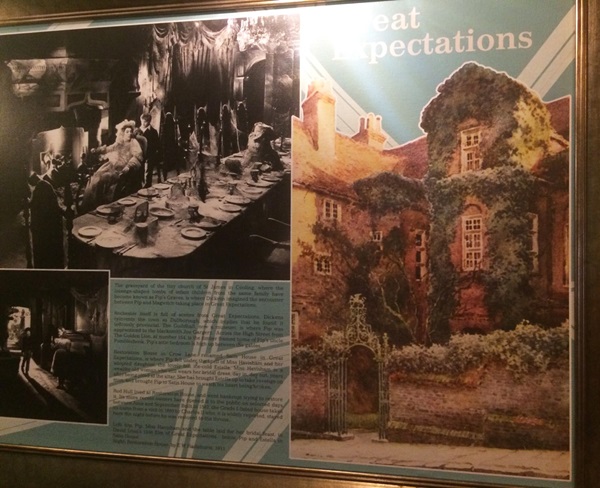
The text reads: The graveyard of the tiny church of St James in Cooling, where the lozenge-shaped tombs of infant children from the same family have become known as Pip’s graves, is where Dickens imagined the encounter between Pip and Magwitch taking place in Great Expectations.
Rochester itself is full of scenes from Great Expectations. Dickens reinvents the town as Dullborough, which implies that he found it tediously provincial. The Guildhall, now a museum, is where Pip was apprenticed to the blacksmith Joe Gargery. Across the High Street from The Golden Lion, at number 154, is the timber framed home of Pip’s uncle Pumblechook. Pip’s attic bedroom is high up between the gables.
Restoration House in Crow Lane, renamed Satis House in Great Expectations is where Pip fell under the spell of Miss Havisham and her adopted daughter, the lovely but ice-cold Estella. Miss Havisham is a wealthy old woman who still wears her bridal dress, day in, day out, years after being jilted at the altar. She has brought Estella up to take revenge on men and brought Pip to Satis House to watch his heart being broken.
Rod Hull lived at Restoration house and went bankrupt trying to restore it. Its more recent owners have opened it to the public on selected days between June and September. Built in 1587, the grade I listed house takes its name from a visit in 1660 by Charles II, who, it is widely reported, stayed here the night before he was restored to the throne.
Left: top, Pip, Miss Havisham and the table laid for her bridal feast, in David Lean’s 1946 film of Great Expectations. Below: Pip and Estella in Satis House
Right: Restoration House, by EW Haslehurst, 1911.
Illustrations and text about Rochester castle.
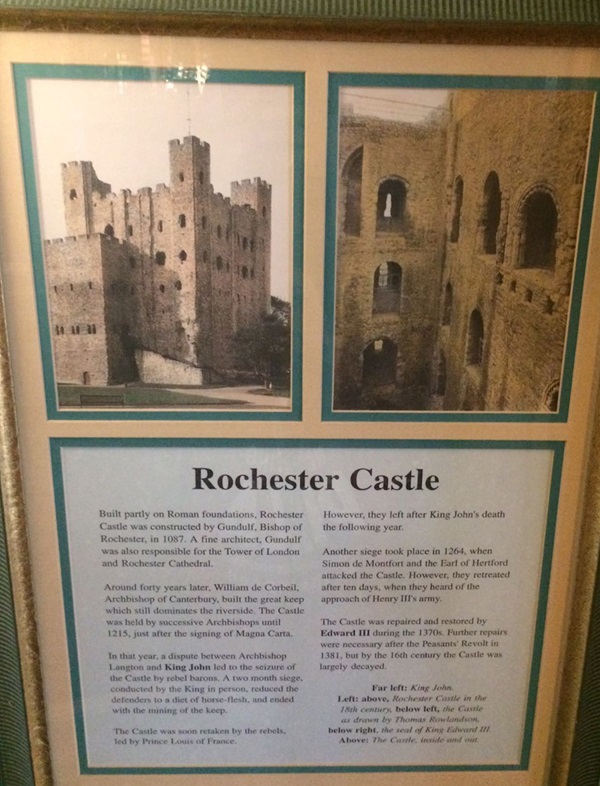
The text reads: Built partly on Roman foundations, Rochester Castle was constructed by Gundulf, Bishop of Rochester, in 1807. A fine architect, Gundulf was also responsible for the Tower of London and Rochester Cathedral.
Around forty years later, William de Corbeil, Archbishop of Canterbury, built the great keep which still dominates the riverside. The castle was held by successive Archbishops until 1215, just after the signing of Magna Carta.
In that year, a dispute between Archbishop Langton and King John led to the seizure of the castle by rebel barons. A two month siege conducted by the King in person, reduced the defenders to a diet of horse-flesh, and ended with the mining of the keep.
The castle was soon retaken by the rebels, led by Prince Louis of France.
However, they left after King John’s death of the following year.
Another siege took place in 1264, when Simon de Montfort and the Earl of Hertford attacked the Castle. However, they retreated after ten days, when they heard of the approach of Henry III’s army.
The castle was repaired and restored by Edward III during the 1370s. Further repairs were necessary after the Peasant’s Revolt in 1381, but by the 16th century, the castle was largely decayed.
Far left: King John
Left: above, Rochester Castle in the 18th century, below left, the castle as drawn by Thomas Rawlandson, below right, the seal of King Edward III
Above: The castle, inside and out.
A photograph of High Street, Rochester, c1910.
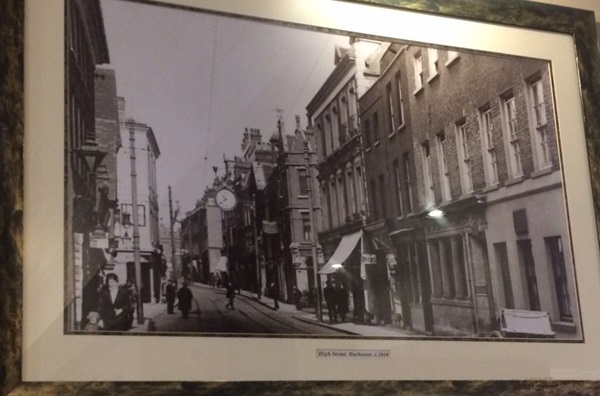
A photograph of 151 High Street, now part of The Golden Lion, with proprietor Edwin Harris (in the doorway) and his staff, 1899.
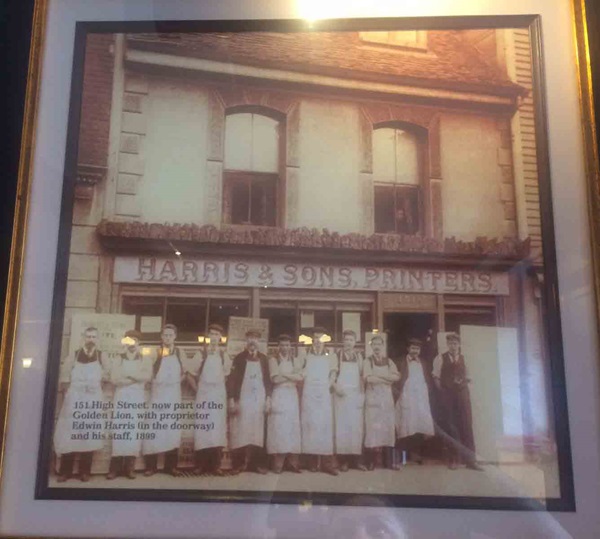
Internal photographs showing features from the original Golden Lion.
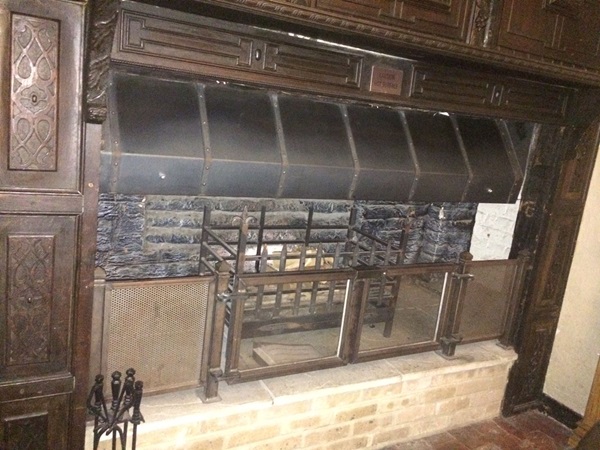
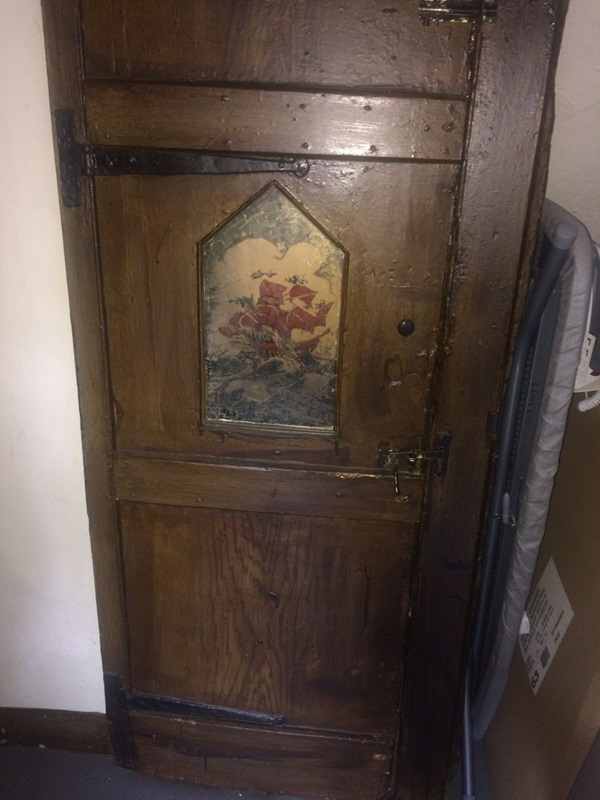
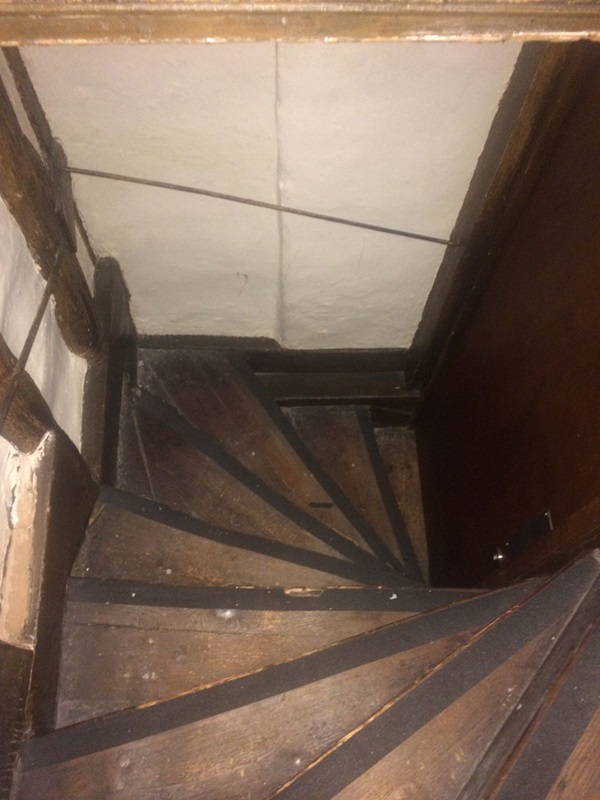
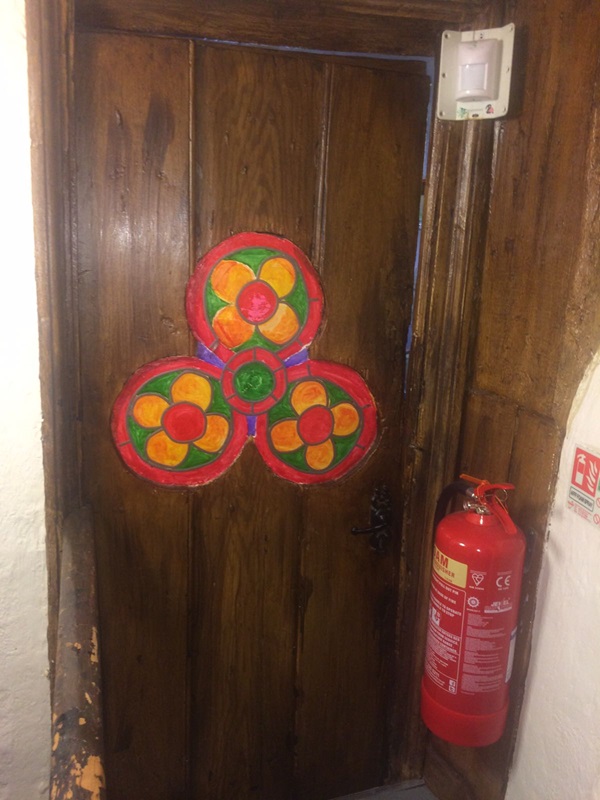
External photograph of the building – main entrance.
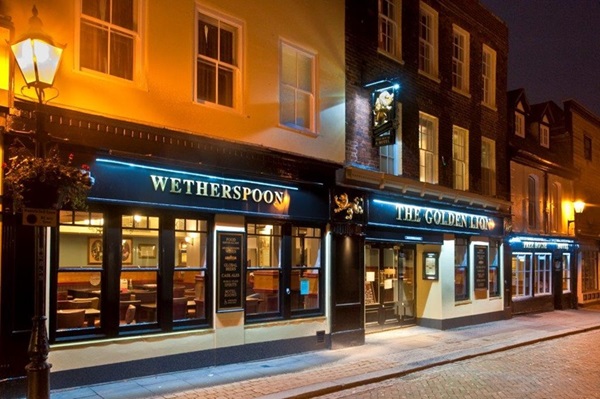
If you have information on the history of this pub, then we’d like you to share it with us. Please e-mail all information to: pubhistories@jdwetherspoon.co.uk